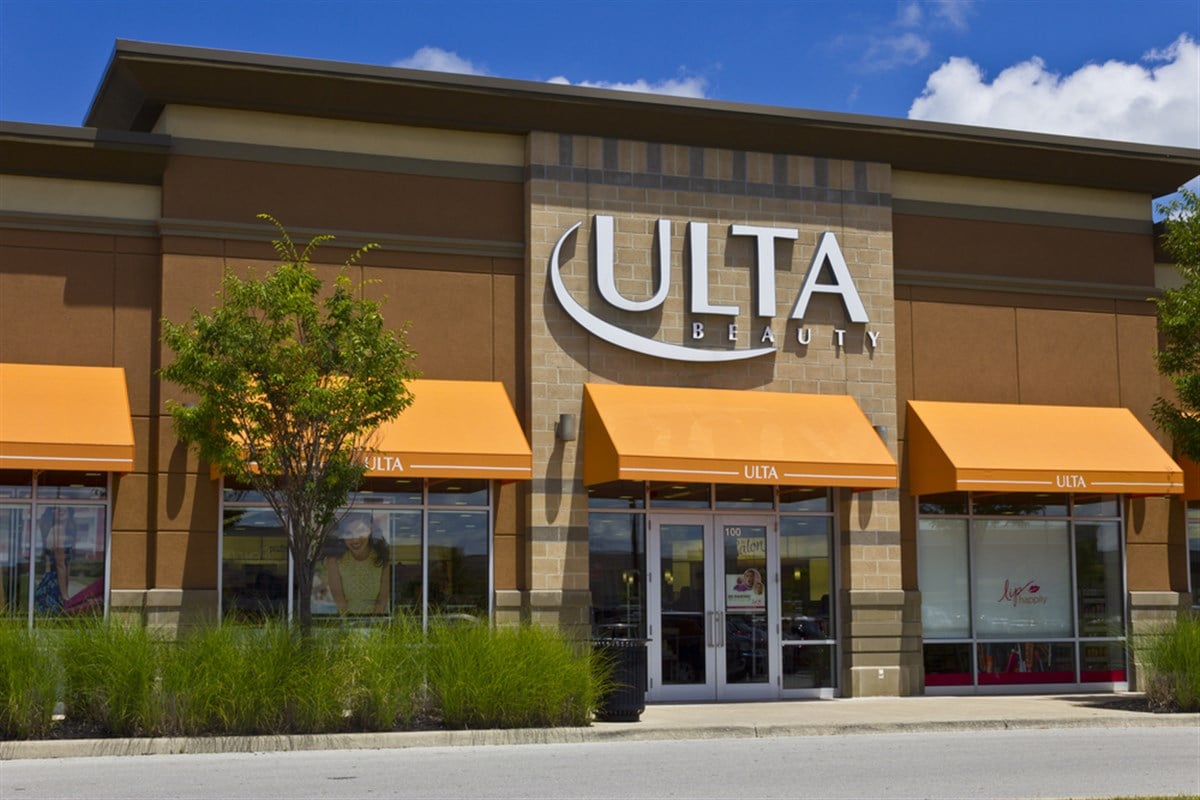 Investors follow what stocks Warren Buffett buy. However, they lack a crucial detail in these strategies: Buffett’s company, Buffett’s Berkshire Hathaway Inc. (NYSE: BRK.A), reported having $188.9 billion in cash last quarter, so any deal under $50 billion would be considered too small to move the needle.
Investors follow what stocks Warren Buffett buy. However, they lack a crucial detail in these strategies: Buffett’s company, Buffett’s Berkshire Hathaway Inc. (NYSE: BRK.A), reported having $188.9 billion in cash last quarter, so any deal under $50 billion would be considered too small to move the needle.
Value investors like Buffett seek out companies that generate high returns on invested capital (ROIC) or equity (ROE), preferring stocks that trade at significant discountsaccording to valuation metrics like price-to-earnings (P/E) or price-to-book (P/B).
The type of large companies that Buffett likes to buy today, such as Coca-Cola Co. (NYSE: KO), have gotten so big and strong that their valuation multiples never really fall to attractive enough levels for regular investors to consider buying. For this reason, smaller value investors can have their early Buffett moments in stocks like Ulta Beauty Inc. (NASDAQ: ULTA), Bath & Body Works Inc. (NYSE: BBWI), and Tapestry Inc. (NYSE: TPR).
A Value Investing Formula
Why are these stocks on today’s list? It’s a straightforward filtering process. Investors should look for at least double-digit ROIC rates (as annual stock price performance tends to match ROIC over the long term) and a reasonable discount on a P/E or P/B basis. An added bonus would be what Buffett calls a business "moat,’" i.e. relatively strong staying power among consumers. Luckily for investors, these moats are quantifiable through a company’s gross profit margins since solid brands tend to have pricing power over competitors.
Keeping these filters in mind, investors can begin to see why these stocks make on our list today -- but not Buffet's as none of them have more than a $20 billion market capitalization.
Ulta Beauty Inc.
Whether the U.S. economy is booming or busting, skincare and makeup consumers always seem to make space for these products in their budgets. This is why, despite a contraction in consumer discretionary stocks, weakening U.S. consumer sentiment, and stubbornly high inflation, Ulta analysts still see 10% earnings per share (EPS) growth this year.
Ulta could be part of the consumer staples sector, providing investors with the safety and stability of its sticky demand. According to the company's financials, this moat translates to a gross profit margin of up to 43% of every dollar in sales, and keeping 43% of every dollar lets management work wonders for shareholders. Ulta’s ROIC rate stands at 26%. Over the past five years, it has ranged from 22% to 28%, showing investors how resilient this business can be throughout an economic and interest rate cycle.
Compared to its peers in the retail sector, Ulta’s P/E of 15.4x falls 32% below the industry’s 22.8x average valuation. More than that, Ulta’s current P/E is the lowest since 2020, when stores closed down and COVID-19 cases peaked. Because of these unjustified discounts, the stock trades at only 70% of its 52-week high. Wall Street analysts see up to 36.2% upside through their $546.9 a share price targets today.
Bath & Body Works Inc.
Like Ulta, consumers always seem to have pocket change for home accessories, particularly the ones found at Bath & Body Works.
As the U.S. housing market hit a stalemate, calling for inventory injections through new construction, Buffett started buying homebuilding stocks like D.R. Horton Inc. (NYSE: DHI), awaiting the construction boom. Once bought, these new home purchases could tap stores like Bath & Body Works to fill them with accessories.
The brand demonstrates signs of pricing power and consumer penetration, as its financials show a gross profit margin of up to 43.6%. This fact calls for management to present investors with a decent ROIC, as the company gets to keep nearly half of every dollar sold. Over the last five years, Bath & Body Works’ ROIC ranged between 20% and 22%, making it another potential wealth compounder.
The stock trades at 94% of its 52-week high, though its 12.3x P/E gives investors a discount of 48% to the retail sector’s average valuation. One thing investors can take away from this is that bullish momentum favors the stock. At the same time, its P/E offers an even higher ceiling ahead.
Tapestry Inc.
Where Bath & Body Works keeps houses clean and smelling good, Tapestry takes the lead in home furnishing. Also, Tapestry gives investors the most excellent profitability on this list. The company’s consumer loyalty and pricing power are evident in its industry-leading gross profit margin of 72.7%. A slight uptick in sales could leave management with a ton of cash to be used, and they do a pretty good job at that.
Tapestry’s ROIC of 30% to 35% in the past five years made JPMorgan Chase & Co. analysts boost the company’s price targets to $54 a share, calling for a 35% upside from today’s price (that’s close to the company’s ROIC). Trading at 82% of its 52-week high isn’t as evident of a discount as Tapestry’s 10.1x P/E, which falls 58% below the retail sector’s average valuation.





